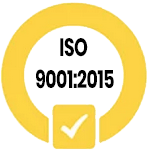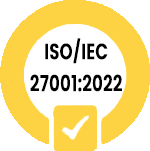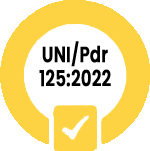Things
PNRR cascade call for public and private entities. “THE – Tuscany Health Ecosystem” project for the development of industrial research projects, experimental development activities and feasibility studies in the population health sector. (DD no. 3277/2021)
Who is it aimed at?
The call is aimed at public entities (Universities, Public Research Institutions or Od R) and private entities regularly registered with the Chamber of Commerce (small, medium and large businesses) in single or associated form.
What does it predict
RT1: Hospital-territory computerization and integrated healthcare pathways – A) Development and implementation with large-scale testing of innovative technologies and interoperable systems for telemedicine, including connectivity services, to support efficient and integrated patient-centered healthcare, for remote monitoring of patients suffering from chronic pathologies; development of systems and devices that allow the integration and, if necessary, the real-time acquisition of physiological signals (e.g. EEG and ECG), their processing and transmission to healthcare, hospital and local facilities. RT2: Technologies, tools and organizational mechanisms to innovate prevention and screening paths - B) Development and/or strengthening of prevention and health promotion systems for correct lifestyles to promote local services to the citizen, including prevention for pathologies oncology through prevention and screening activities in the population and the implementation of innovative and technologically advanced mobile structures for advanced diagnostics. – RT3: Decision support – C) Development and testing of systems and tools to support the decision-making process of healthcare workers, in the prescriptive process, in the management of resources available in hospital and local areas and in integrated care pathways. D) Development of support systems for planning and management for hospital care with attention to surgical procedures, operating room management, through the use of stochastic models and integration with existing management software, as well as study and mapping of the elective surgical process in all its phases. – RT4: Integrated care pathways, telemedicine, high fragility – E) Development of IT systems for data management and analysis, generated by sensors, and development of predictive, patient-centered and environmental algorithms, based on machine learning and Artificial Intelligence methods , for risk stratification and prevention of exacerbations in fragile patients with chronic pathologies, such as cardiovascular, pneumological, and/or metabolic pathologies. – F) Design and testing of integrated territorial care pathways between hospital, territory, home care using tools such as PROMs, PREMs and measurement of the population's experience. – RT5: Co-planning – G) Systems to promote co-planning and the involvement of the population especially in internal areas, in the management and implementation of innovations for the social and healthcare system, in order to improve the personalization of care, support its continuity and strengthen the involvement of citizens in their journey. Increase compliance and adherence to all clinical and healthcare treatments, promote health prevention and activate virtuous behavioral mechanisms in different population groups. – RT6: Migration – H) Strengthening prevention in the immigrant population and specifically in those groups most exposed to individual and transgenerational migratory trauma, through adequate detection tools. The aim is to identify the more general communication gaps in access to public health and the more specific ones of migratory traumas and their psycho-physical and linguistic symptoms. The criteria for the surveys will be inspired by health literacy, i.e. the ability to give shape to the set of individual cognitive processes of education for one's own and collective health. The privileged contexts of the surveys will be the language classes of the reception centres. The results of the surveys will be used as a training repertoire for the teachers of these classes and for the healthcare staff of the reception centres.





